When selling your home, first impressions matter. Buyers make quick decisions based on how a home looks and feels, which is why home staging is a powerful tool in the selling process. A well-staged home not only attracts more potential buyers but can also lead to higher offers and a faster sale. Whether you’re considering DIY staging or hiring a professional, these essential tips will help you maximize your home’s value.
Essential Staging Tips to Make Your Home More Appealing
The goal of home staging is to create an inviting space where buyers can envision themselves living. Start by decluttering and depersonalizing the home. Remove excess furniture, personal photos, and any items that might distract buyers from seeing the home’s potential. A clean, neutral space allows buyers to focus on the home’s best features.
Next, enhance your home’s lighting. Natural light is a huge selling point, so open curtains and blinds to let in as much light as possible. Add strategically placed lamps to brighten darker corners, making rooms appear more spacious and welcoming.
Rearranging furniture is another effective staging technique. Arrange seating areas to highlight the flow of the space while making rooms feel open and functional. The goal is to create a balanced and visually appealing layout that emphasizes the size and usability of each room.
Small Improvements That Yield the Biggest ROI
You don’t need a major renovation to increase your home’s value. Small, strategic updates can make a significant difference. Start with a fresh coat of paint in neutral tones like soft grays, beiges, or whites. Neutral colors appeal to a broad range of buyers and make rooms feel bigger and brighter.
Updating fixtures and hardware is another cost-effective way to elevate your home’s appeal. Swap out outdated cabinet handles, doorknobs, and light fixtures with modern alternatives to give your home a refreshed, stylish look.
Curb appeal is just as important as interior staging. Simple upgrades like planting fresh flowers, repainting the front door, and maintaining the lawn can make a great first impression. A well-maintained exterior signals to buyers that the home has been well cared for.
DIY vs. Professional Staging—What’s Worth the Investment?
For homeowners on a budget, DIY staging can be effective if done correctly. Focus on decluttering, cleaning, and making small aesthetic improvements. Investing in a few key decor items, such as fresh flowers, neutral rugs, and modern throw pillows, can enhance your home’s appeal without breaking the bank.
However, if you’re selling a high-end property or struggling to attract buyers, professional staging can be a worthwhile investment. A professional stager understands design principles and buyer psychology, ensuring that every room is optimized for maximum appeal. Many staged homes sell faster and for a higher price, making the upfront cost a smart investment for many sellers.
How Staging Helps Sell Your Home Faster
Staged homes don’t just look better—they also sell faster and at higher prices. Buyers are more likely to make an emotional connection with a well-staged home, leading to increased interest and competitive offers. According to real estate studies, staged homes sell up to 73% faster than non-staged homes and often receive offers that are 5-10% higher than comparable unstaged properties.
By making simple yet impactful changes to your home’s presentation, you can increase its value and attract more potential buyers. Whether you choose to stage your home yourself or hire a professional, the effort you put into creating an inviting, stylish space will pay off in the final sale price.
Want to sell your home? Contact us now
